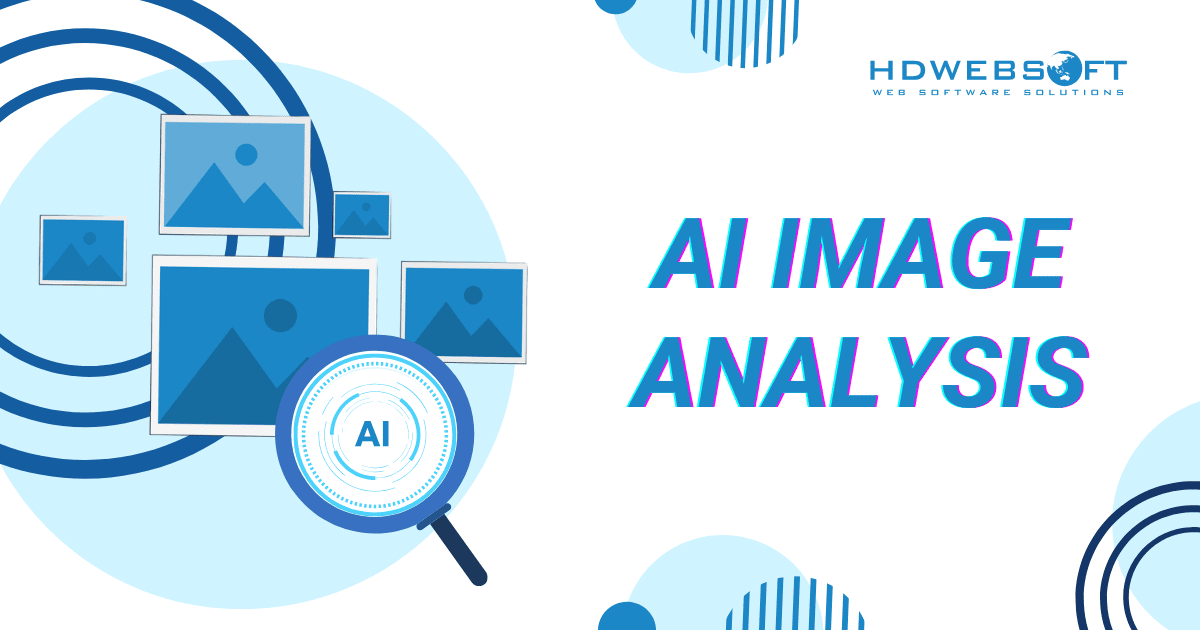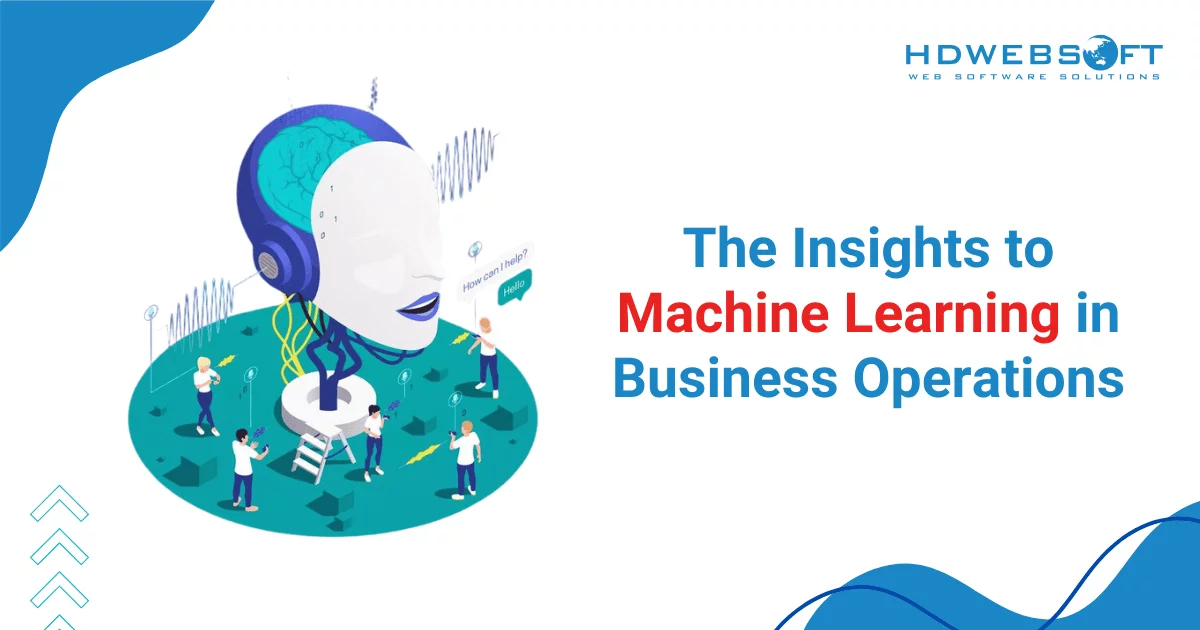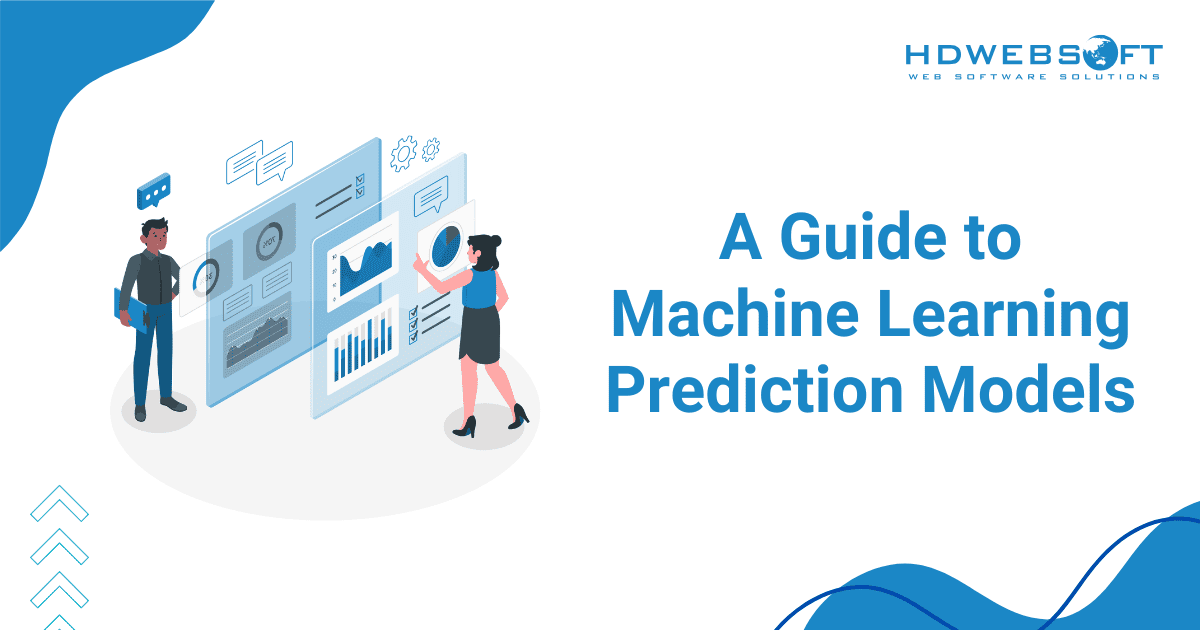
AI Image Analysis: Guide to Machines That Truly “See”
AI image analysis is becoming essential in today’s visual world, where rapid and accurate interpretation of images is critical. From guiding autonomous vehicles to detecting diseases, this technology is no longer futuristic; it’s already delivering impressive results. By enabling machines to “see” and understand visuals, AI-based image analysis unlocks insights once limited to human experts.
In this blog post, we’ll define AI image analysis and explain how it differs from computer vision. You’ll discover the core technologies behind it, how AI processes images, and how it enhances accuracy in medical diagnostics. We’ll also explore current challenges and ethical concerns to give you a well-rounded understanding of this evolving field.
What is an AI Image Analysis?
Definition of AI-based Image Analysis
At its core, it’s an AI system that automatically extracts meaningful information and insights from digital images. Think of it as teaching a computer to interpret what it “sees” in a photograph, X-ray, or satellite image. This involves identifying objects, recognizing patterns, understanding scenes, and even making decisions based on the visual data. Unlike traditional image processing, which often focuses on manipulating pixels, AI image interpretation aims to achieve a deeper level of comprehension, turning raw visual input into actionable knowledge.
The Distinction between AI Image Analysis and Computer Vision
While often used interchangeably, AI image analysis and computer vision are distinct, albeit closely related, concepts. Computer vision is a broader field of artificial intelligence that enables computers to interpret and understand the visual world. It encompasses the analysis of static images, video streams, 3D data, and the ability to interact with the environment based on visual perception.
On the other hand, intelligent image processing is a specific application within computer vision. It focuses primarily on the extraction of information from static digital images.
Here’s a table to further clarify the distinction:
| Feature | AI Image Analysis | Computer Vision |
| Scope | Focused on extracting information from static images. | Broader field enabling machines to “see” and understand the visual world. |
| Primary Goal | Deriving insights, classifications, or measurements from images. | Enabling machines to perceive, interpret, and interact with visual data. |
| Typical Outputs | Object detection, image classification, segmentation, anomaly detection. | Object tracking, scene understanding, autonomous navigation, robotics. |
| Relationship | A specialized application or subset of. | The overarching discipline that includes. |
Technologies Used
A variety of sophisticated technologies underpin the capabilities of AI image analysis. Central to this field are machine learning algorithms, particularly deep learning. Deep learning utilizes artificial neural networks, which are inspired by the human brain’s structure and function. These networks are trained on vast amounts of data to learn complex patterns and make predictions. Other key technologies include:
- Convolutional Neural Networks (CNNs): These are specialized neural networks particularly effective for processing visual data. They automatically learn hierarchical features from images, from simple edges to complex objects.
- Feature Recognition: Algorithms designed to identify and extract distinct features within an image, such as shapes, textures, colors, and edges.
- Image Segmentation: Techniques that divide an image into multiple segments or regions. Owing to this, it’s easier to analyze specific objects or areas of interest.
- Datasets: Large collections of labeled images are crucial for training AI models. Without high-quality, annotated data, AI models cannot learn to accurately interpret visual information.
- Image Filtering and Preprocessing: Techniques used to enhance image quality, reduce noise, adjust lighting, and prepare images for analysis.
Further Reading: NLP and LLM: What are the differences?
How Does AI Analyze Images?
The process of AI image analysis typically involves several interconnected steps, transforming raw pixel data into meaningful insights. It’s a journey from perception to understanding, meticulously orchestrated by advanced algorithms.
Input
The journey begins with the input image. This could be anything from a photograph taken by a smartphone, an X-ray from a hospital, or a satellite image captured from space. The image is essentially a grid of pixels, each with a numerical value representing its color and intensity.
Preprocessing
Before the AI can effectively analyze the image, it often undergoes a preprocessing stage. This involves a series of transformations to enhance the image’s quality and prepare it for the model. Common preprocessing steps include:
- Resizing: Adjusting the image to a standardized size to ensure consistency for the AI model.
- Normalization: Scaling pixel values to a common range to improve model performance.
- Noise Reduction: Removing unwanted artifacts or distortions from the image.
- Grayscale Conversion: Converting color images to grayscale if color information is not essential for the analysis, simplifying the data.
Feature Extraction
This is a crucial step in which the AI image analysis tool identifies and extracts relevant features from the preprocessed image. Traditionally, feature extraction was a manual process, requiring human engineers to define specific features. However, with the advent of deep learning, this process has become largely automated.
Neural Networks, especially Convolutional Neural Networks (CNNs), play a pivotal role here. CNNs are designed with layers that automatically learn to detect hierarchical features. The initial layers of a CNN might identify basic features like edges, corners, and textures. As the data passes through deeper layers, the network learns to combine these basic features into more complex patterns. And eventually recognizing entire objects or parts of objects.
For example, in a medical image, an early layer might detect subtle tissue irregularities. Meanwhile, later layers combine these to identify a potential tumor. This ability to automatically learn relevant features from raw pixel data is what makes CNNs so powerful for image analysis.
Classification/Interpretation
Once features have been extracted, the AI image analysis model uses them to classify the image or perform a specific interpretation task. This could involve:
- Image Classification: Assigning a label to the entire image (e.g., “cat,” “dog,” “fracture”).
- Object Detection: Identifying and localizing specific objects within the image by drawing bounding boxes around them.
- Image Segmentation: The image is divided into regions that correspond to different objects or structures. As a result, this segmentation provides a more detailed and organized understanding of the image content.
- Anomaly Detection: Identifying deviations from normal patterns, which is particularly critical in medical imaging for detecting subtle abnormalities.
Role of Labeled Datasets
The AI models’ remarkable capabilities in image analysis fundamentally rely on the availability of vast and accurately labeled datasets. These datasets consist of images that have been meticulously annotated by human experts. In particular, objects, features, or entire images are tagged with their corresponding labels.
For instance, in a medical imaging dataset, radiologists would meticulously outline tumors, lesions, or healthy tissue. This labeled data serves as the “ground truth” during training. Consequently, it allows the AI image analysis model to learn the intricate relationships between visual patterns and their associated meanings. The more diverse and comprehensive the labeled dataset, the more accurate the AI model’s performance when encountering new, unseen images.
How Does AI Improve the Accuracy of Medical Image Analysis?
The integration of AI image interpretation into medical diagnostics has proven to be a transformative force. It has significantly enhanced the accuracy and efficiency of disease detection and treatment planning. The inherent nature of medical imaging makes it an ideal domain for AI’s pattern recognition capabilities. Hence, AI nowadays is able to achieve precision levels comparable to those of experienced human specialists.
Factors Affecting Accuracy
The accuracy of AI image analysis in medical contexts is profoundly dependent on several critical factors. They are the quality and quantity of the training data, the sophistication of the AI model’s architecture, and the specific clinical context in which it’s applied. Generally, with high-quality, diverse, and representative datasets, AI models can achieve remarkable levels of accuracy.
In fact, a study indicated that AI algorithms in certain medical imaging tasks demonstrated an average sensitivity of 93% and specificity of 91%. Hence, it’s often matching or even surpassing human ophthalmologists in specific, well-defined diagnostic scenarios.
Improved Anomaly Detection
One of the most significant contributions of AI-based image analysis is its enhanced ability to detect anomalies. Consider the challenge of identifying a microscopic tumor in a complex organ, or a hairline fracture in a bone. Particularly, these subtle indicators can be easily missed by the human eye, especially during long shifts or under pressure.
AI image analysis algorithms, trained on vast datasets of both healthy and diseased images, can discern minute patterns and deviations that are imperceptible to human observers. This includes early detection of tumors, where AI can identify nascent cancerous growths, even when they are very small. This early identification opens the door to quicker intervention and, in turn, better patient outcomes.
Moreover, in musculoskeletal imaging, AI can highlight obscure fractures that might otherwise go unnoticed, preventing further injury or complications. Plus, it can assist in pinpointing signs of stroke, hemorrhages, or early indicators of neurodegenerative diseases.
Efficiency in Diagnostic Workflows
Furthermore, AI-based image analysis brings unparalleled speed and efficiency to diagnostic workflows. Radiologists and pathologists often face immense workloads, analyzing hundreds of images daily. AI systems can process these images in a fraction of the time it would take a human. Along the way, they automatically segment areas of interest, flag suspicious regions, and even generate preliminary reports.
This automation not only accelerates diagnosis but also allows medical professionals to focus their expertise on more complex cases. Ultimately, it optimizes resource allocation within healthcare systems.
Minimizing Human Error
Finally, a crucial benefit of AI image analysis is its potential to reduce human error through robust decision support. While AI isn’t intended to replace human medical experts, it serves as an invaluable assistant, providing a second, objective opinion. AI highlights areas of concern, quantifies measurements, and offers probabilistic assessments. Through these capabilities, it helps mitigate errors caused by fatigue, subjective interpretation, or limited experience with rare conditions.
This collaborative approach, where human expertise is augmented by AI’s analytical power, promises a future of more accurate medical diagnoses.
What Are the Limitations of AI Image Analysis?
Despite its extraordinary capabilities, AI-based image analysis is not without its limitations. Addressing these challenges is paramount for its responsible and effective widespread adoption.
Data Privacy and Security Concerns

A primary concern revolves around data privacy and security. For starters, AI image analysis systems often require access to massive datasets. This is especially true in sensitive domains like healthcare, where images may contain highly personal patient information.
Therefore, ensuring the secure handling, storage, and processing of this data is critical to prevent breaches and maintain patient trust. Regulatory frameworks, such as GDPR and HIPAA, impose strict requirements on how data is handled. Thus, organizations deploying AI must implement robust cybersecurity measures and apply anonymization techniques to safeguard sensitive visual data.
The Challenge of Labeled Data
Another significant hurdle is the need for large labeled datasets. As discussed, AI models learn from examples. In order to achieve high accuracy and generalization, they require vast amounts of meticulously annotated data.
The process of labeling images, especially in specialized fields like medical imaging, is labor-intensive, costly, and requires domain expertise. Hence, developing and deploying AI solutions for niche applications or rare conditions where labeled data is scarce becomes paramount.
Bias and Ethical Issues
Bias and ethical concerns are deeply intertwined with the data issue. If the training data used to build an AI image analysis model is biased, the model will inherit that bias. This happens when the data lacks population diversity or includes societal prejudices. Resultantly, it may perpetuate and even amplify these biases in its analysis.
Addressing bias requires careful curation of diverse datasets, rigorous testing for fairness, and ongoing monitoring of AI system performance. These efforts align with the Asilomar AI Principles, emphasizing transparency, fairness, and avoiding unintended harm in AI applications.
The “Black Box” Problem and Explainability
The interpretability of results, however, remains a major challenge, especially with complex models like CNNs. These deep learning systems often act as “black boxes.” While they deliver high accuracy, understanding how they arrive at specific decisions can be difficult.
In critical areas like medical diagnosis, this lack of clarity is a concern. That’s why clinicians need to understand the reasoning behind AI outputs to build trust and properly validate its recommendations.
To address this, ongoing research in explainable AI (XAI) aims to increase transparency. By making model decisions more understandable, XAI supports better oversight, easier debugging, and more responsible deployment.
Conclusion
AI image analysis is revolutionizing how we interpret the visual world, with powerful technologies driving advancements across fields. It’s a fact that AI is dramatically improving accuracy and efficiency. Yet, challenges around data privacy, bias, and model transparency remain critical. To realize its potential, AI must be ethical, transparent, and fair in real-world use.
At HDWEBSOFT, we specialize in developing custom AI solutions, tailored to your industry’s unique needs. With a strong focus on innovation, security, and transparency, we’ll help you harness the full power of AI responsibly and effectively.














